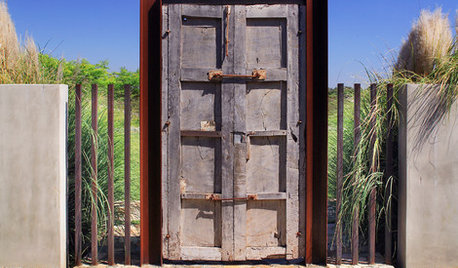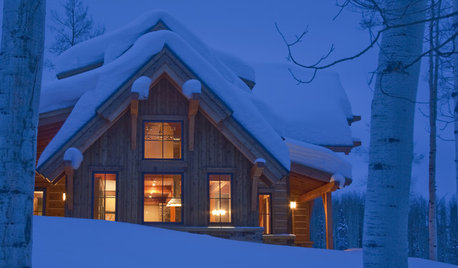splintered peach tree limb
Brian2828
10 years ago
Related Stories

EDIBLE GARDENSGrow Plum Hybrids for Your Favorite Fruit Flavors
Plums are cozying up with apricots, peaches and even cherries — here’s how to grow these hybrids for the best aspects of each
Full Story
EDIBLE GARDENSHow to Grow 10 Favorite Fruit Trees at Home
Plant a mini orchard in fall, winter or early spring to enjoy fresh-off-the-tree fruit the following year
Full Story
FARM YOUR YARDIf You Have Room for Only One Fruit Tree ...
Juice up a small garden with one of these easier-care or worth-the-effort fruit trees for a mild climate
Full Story
TREES7 Deer-Resistant Flowering Trees to Plant this Fall
If you live in a neighborhood with roaming deer, consider these beautiful trees that won't tempt hungry guests
Full Story
EDIBLE GARDENSHow to Grow Your Own Luscious Cherries
Nope, they’re not the easiest fruit to grow. But with spectacular blossoms and pies as possibilities, cherries are sure worth a try
Full Story
GARDENING FOR BUTTERFLIESGardening for the Bees, and Why It’s a Good Thing
When you discover how hard bees work for our food supply, you may never garden without them in mind again
Full Story
MATERIALSMesquite: The Brawny Beauty for All Over the Home
Denser than other hardwoods and sporting beautiful coloration, mesquite makes a fine material for flooring, countertops, furniture and more
Full Story
EARTH DAYThe Case for Losing the Traditional Lawn
Work less, help the environment and foster connections by just saying no to typical turf
Full Story
LIFEIs Cabin Fever Real? Share Your Story
Are snow piles across the U.S. leading to masses of irritability and boredom? We want to hear your experience
Full Story
GARDENING GUIDESGarden-Friendly Native Alternatives to Overplanted Exotics
There are lots of gorgeous, wildlife-friendly native plants ready to make an appearance in your garden
Full Story



nurseryman33
ken_adrian Adrian MI cold Z5
Related Professionals
Kenmore Landscape Architects & Landscape Designers · Panama City Landscape Architects & Landscape Designers · Finneytown Landscape Architects & Landscape Designers · Hartford Landscape Contractors · Columbine Landscape Contractors · Fair Oaks Landscape Contractors · Melrose Landscape Contractors · Severna Park Landscape Contractors · Thonotosassa Landscape Contractors · Levittown Siding & Exteriors · Ankeny Decks, Patios & Outdoor Enclosures · Clermont Decks, Patios & Outdoor Enclosures · Portage Decks, Patios & Outdoor Enclosures · Truckee Decks, Patios & Outdoor Enclosures · Eustis Decks, Patios & Outdoor Enclosuresjoeinmo 6b-7a
Brian2828Original Author
gardengal48 (PNW Z8/9)
joeinmo 6b-7a
gardengal48 (PNW Z8/9)